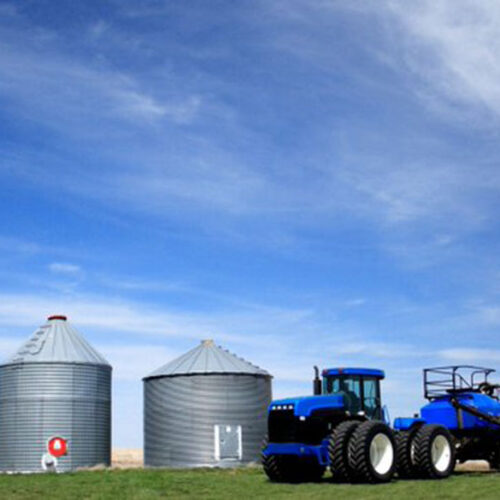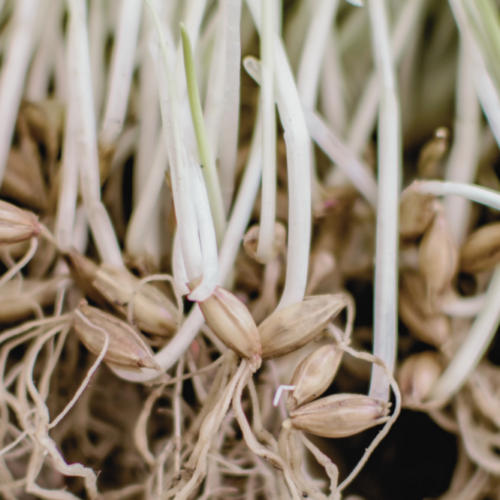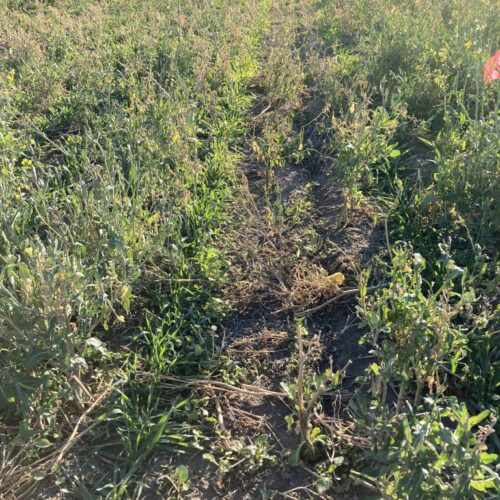Barley Production Resources
From managing FHB and understanding chit, to battling herbicide-resistant weeds and optimizing your natural air drying (NAD) systems, SaskBarley provides resources to make it easier for you to grow quality barley in Saskatchewan.
Search the categories below:

5 Tips for Retaining Moisture in a Dry Year
Moisture conservation between harvest and the next spring could support critical crop growth and development the following year. Here are 5 management tips to help you retain as much moisture as possible in a dry year.

Season 2, Episode 2: Stacking the 2021 Drought Against Historical Droughts – with Dr. Phillip Harder
We connected with Dr. Phillip Harder, hydrologist from Centre for Hydrology, University of Saskatchewan about his twitter thread from this summer, charting precipitation and growing degree days for 2021 over the past several decades. We talk about how 2021 has compared to past droughts, the impact of heat compared with water deficit and what the implications are for next year.


2022 Saskatchewan Seed Survey Interim Test Results
The 2023 Provincial Seed Survey provides a record of seed-borne pathogen trends in pulse and cereal crops and allows for continued tracking of diseases over time. The interim seed quality data, based on seed analysis conducted by 20/20 Seed Labs, Discovery Seed Labs, and Prairie Diagnostic Seed Labs, from the time of harvest until the end of December, provide early insights into seed quality trends and help to identify potential pathogens of concern and their prevalence across the province. And new this year, germination results have been included in the survey.

Greenfeed for Unseeded Acres: A Smart Option for Late-Season Recovery
Struggling with unseeded acres due to drought, flooding, pests, or hail? Discover how planting greenfeed for unseeded acres—especially barley—can offer weed control, moisture use, and income potential.

Can Winter Barley Survive Saskatchewan Winters? Examining Cold Hardiness and Winter Survival Trials
Discover if winter barley can withstand Saskatchewan’s harsh winters. Learn about cold hardiness trials at ICDC, with insights from Mitchell Japp, MSc, PAg, and support from SaskBarley, SeCan, and others.
Barley Production Resources
From managing FHB and understanding chit, to battling herbicide-resistant weeds and optimizing your natural air drying (NAD) systems, SaskBarley provides resources to make it easier for you to grow quality barley year-after-year.
Search the categories below:
Fall Considerations: Wrapping up the Growing Season
At the end of the harvest season there are still decisions to be made that can help set the farm up for success in the following year. In addition to evaluating decisions made throughout the year, we can begin addressing nutrient management, weed risks, insect pressure and more.
Post-Harvest Review – How Much Taller Could That Stubble Be?
When moisture is limiting, it’s remarkable how much of a difference snowmelt makes. How can you best capture it? Read more.
Managing Late Tillers in Wheat and Barley
Figure 1: A barley crop displaying varying tiller maturity There are no straightforward answers when it comes to managing late tillers. Each farm has different needs, equipment, time, target markets, harvest window, and other factors that impact harvest management decisions. However, there are a few factors we can consider when developing […]
The Science Behind Variety Performance Data from Christiane Catellier, IHARF
Christiane Catellier of IHARF answers this question on varietal performance at the BarleyBin Live in Shaunavon, SK
“We sometimes hear of barley varieties that outperform the expectations we have from the seed guide – what is behind that?”
How Seed Treatments Improve Plant Health
Learn how seed treatments help barley and other crops handle stress from variable seeding conditions in Saskatchewan. Discover research-backed benefits for plant health, vigour, and disease protection each spring.
A Variety Transition is Happening: Welcome AAC Synergy
Harrington dominated the malt barley growing area for approximately 15 years, succeeded by AC Metcalfe for another 15 years or so, followed by CDC Copeland. CDC Copeland’s tenure, while slightly shorter, was a close runner-up in acreage to AC Metcalfe for several years…

